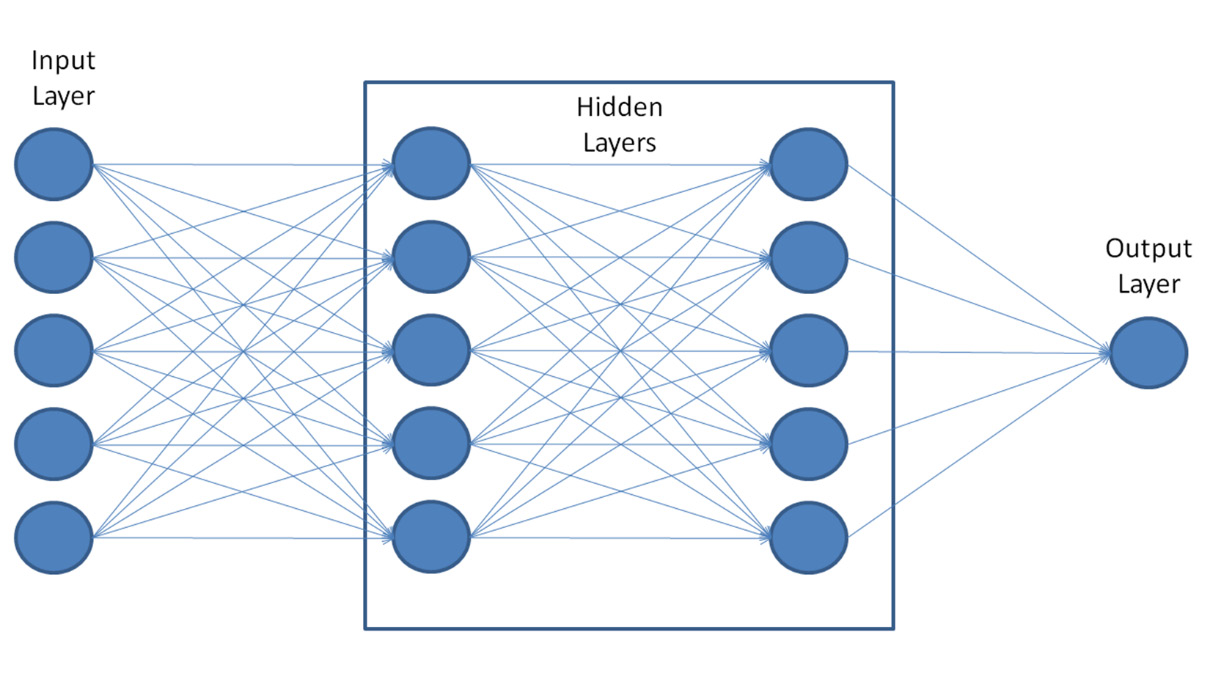Deep Learning and Convolutional Neural Networks
Deep learning (DL) is a machine learning (ML) technology based on multilayer artificial neural networks (ANNs) that has allowed many applications to reach a high degree of accuracy. Deep NNs (DNNs) are capable of modeling and have the ability to capture intricate connections between input and output information. Among the highly effective uses, computer vision (CV) stands out, encompassing activities such as categorization, image regression, and the identification of objects. As an illustration, an advanced NN can produce a stratified portrayal of entities, wherein each entity is recognized by a collection of features taking the shape of visual basics, such as specific contours, directed lines, surface details, and repetitive designs. Convolutional networks (CNNs) are characterized by convolutional layers, which use filters to analyze data in a local region and produce an activation map. These activation maps are then processed by pooling...































































